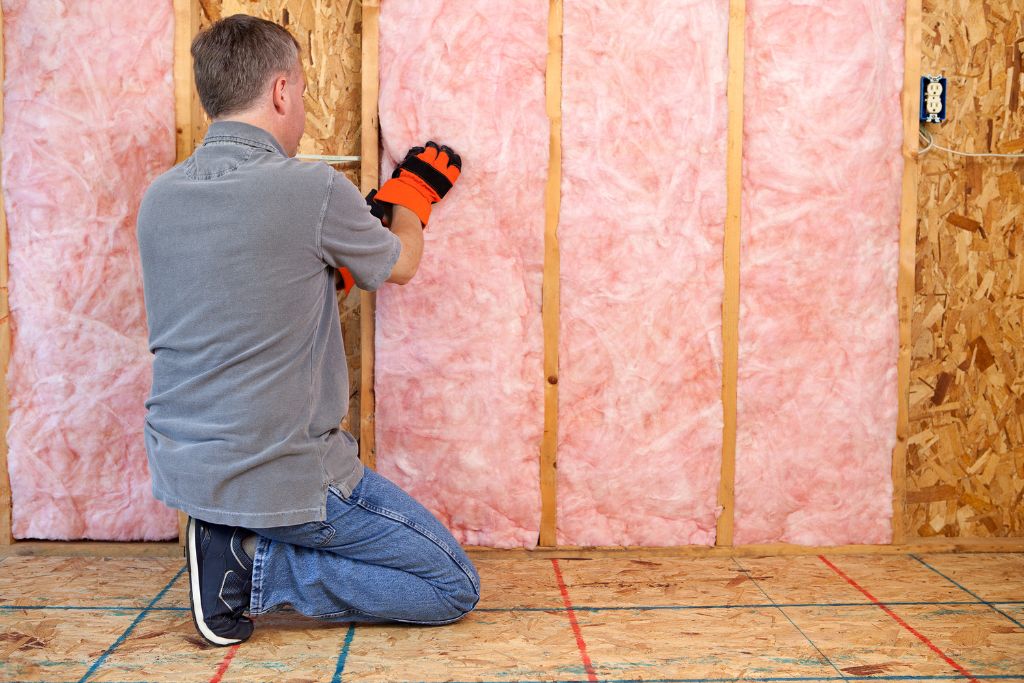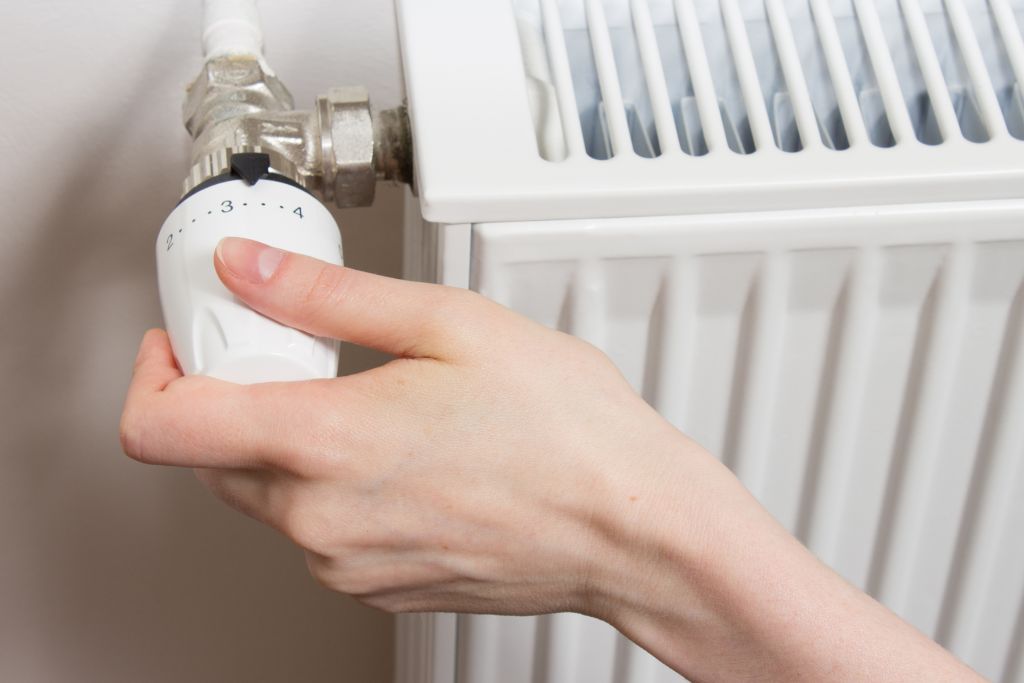Keeping your house warm in the winter can be expensive, but there are several ways to do it without breaking the bank. With a few simple tips, you can reduce your heating bills and feel more comfortable in your home this winter!
The first thing to remember is that your home is always seeking equilibrium. This means that rooms are constantly attempting to pull in cold air from other parts of the house.
Insulate Your Floors
Insulating your floors can help to keep your home warm and comfortable. It can also save you money on your heating bills, as well as reduce your carbon footprint.
Whether you’re planning to build or renovate, floor insulation is a great way to reduce heat loss and increase energy efficiency. It can also add value to your home.
For suspended timber floors, a new layer of mineral wool or rigid foam insulation is often added between the joists. This can be done yourself, or you can get it done by a flooring professional.

Solid concrete floors can be insulated, too. The type of floor will determine which kind of insulation is best for you.
EPS (expanded polystyrene) sheets are the most common choice for concrete floors, but they can also be made of glass, styrofoam or sheep’s wool. They are easy to install and have a high insulation value.
Install Insulation Around Your Radiators
The radiator is a major source of heat for most homes and many people fail to properly insulate either their wall or the back of the radiator. Failing to do so can result in the heat being lost through the wall and into the room, which can mean you use a lot more energy to keep your home warmer than is necessary.

Installing insulation around your radiators is a simple solution to this problem. By applying a foil-faced expanded polystyrene lining to the wall directly behind your radiator, you will effectively reflect the escaping heat back into the room and reduce the amount of energy you need to use to keep your home warm.
Insulate Your Walls
Insulation is a critical component of any home’s energy efficiency, as it helps to prevent heat from escaping through uninsulated walls. Walls in newer homes are typically insulated during construction.
However, some older homes do not have insulation and could benefit from it. While it may be more expensive to insulate your house, it will cut down on your heating bill and make your home much more comfortable year-round!

There are several different ways to insulate your walls, depending on your budget and the type of remodelling work you have planned. One option is to drill holes between the studs of your walls and then inject loose-fill insulation, like fibreglass, cellulose or mineral wool, into the hole.
Other options include expanding foam insulation, which can be blown in or spray-applied. It is a great option for filling tight spaces, such as between the floor joists or behind drywall. It also provides an air-tight seal.
Inspect Your Thermostat
Inspecting your thermostat is a simple, do-it-yourself step that can help keep your home warm this winter. It can also save you from spending a fortune on a broken HVAC system.
First, make sure that the thermostat is not damaged or dirty. This can affect its accuracy and efficiency.
Second, check the continuity of the wires. This can be done with a multimeter.

Third, locate the red and white wires that turn on your AC and furnace. Take a picture of these wires with your camera phone so you can easily identify them when you put the thermostat back together.
Loose screws and terminals can greatly affect the function of your thermostat, as well as the safety of your home. It is important to check the thermostat for loose screws and terminals as soon as possible.


